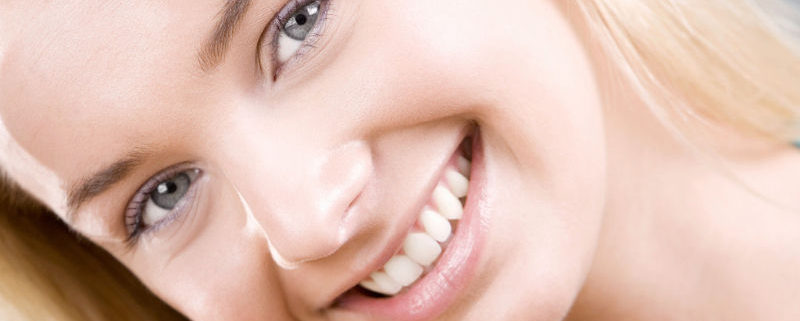What is aesthetic suture?
Majority of people believe that a skin cut (laceration) should always be sutured for better scar appearance. The second common belief is aesthetic suturing is better than ordinary suturing.
Most small skin cuts heal even without suturing. For a favorable healing the wound edges of a cut should be in contact with each other. Sutures maintain this contact only and nothing else. It is possible to have a perfect healing without using any suture but only using sticking tapes or bandaging the wound edges together in contact. If a cut is sutured by an inexperienced person the final scar may be even worse than doing nothing.
In some hospitals the staff offer “aesthetic suture” especially for face lacerations (cuts). This offer creates the impression that aesthetic suture is something different from ordinary suture and results with less scarring. In reality healing of cuts relate to the handling of the wound and not the quality or type of the suture. A medical staff who does not know the essentials of the healing process may result in poor scar after suturing a wound even using the most expensive and sophisticated materials. On the other hand a Plastic Reconstructive and Aesthetic surgeon will obtain better results even after using the most basic material.
Experienced medical staff is an important factor for treatment of cuts. But there is another important factor: The healing response of the patient’s body. In some individuals a tiny cut may result in a much larger scar than the original wound and it may happen under the treatment of most experienced hands. This condition is called keloid in medical language and fortunately it is not very common. The second important thing for keloids is it occurs in specific body regions more frequently. The area over the mid chest bone (sternum) and around the shoulders are the best known areas for keloid formation. Skin cuts over these areas may heal very unpredictable scars whatever suture technique would be used.
It is common to see suture (stitch) marks on the healed wound scars. Sometimes these suture marks could be so ugly that it may cause people to think that it would be better not to suture the cut. Surgical needles, instruments (especially forceps) and suture material itself may cause harm in the wound edges and eventually may cause unfavorable scars if they are not used properly.
Every cut will heal with a scar but handling the cut properly will cause less scar. Aesthetic suturing is not a tool but it is a behavior and is obtained not always by physical material but proper handling and technique and usually Plastic Reconstructive and Aesthetic Surgeons have much better knowledge and skill in this field. So if you have cut in your face or visible body area ask for a Plastic Reconstructive and Aesthetic Surgeon not aesthetic suturing.
Please click for more information and questions




Leave a Reply
Want to join the discussion?Feel free to contribute!